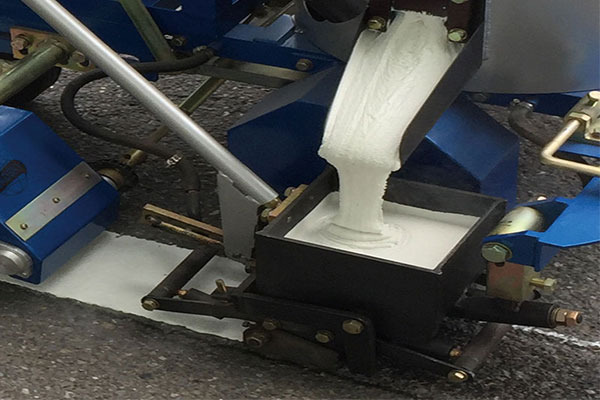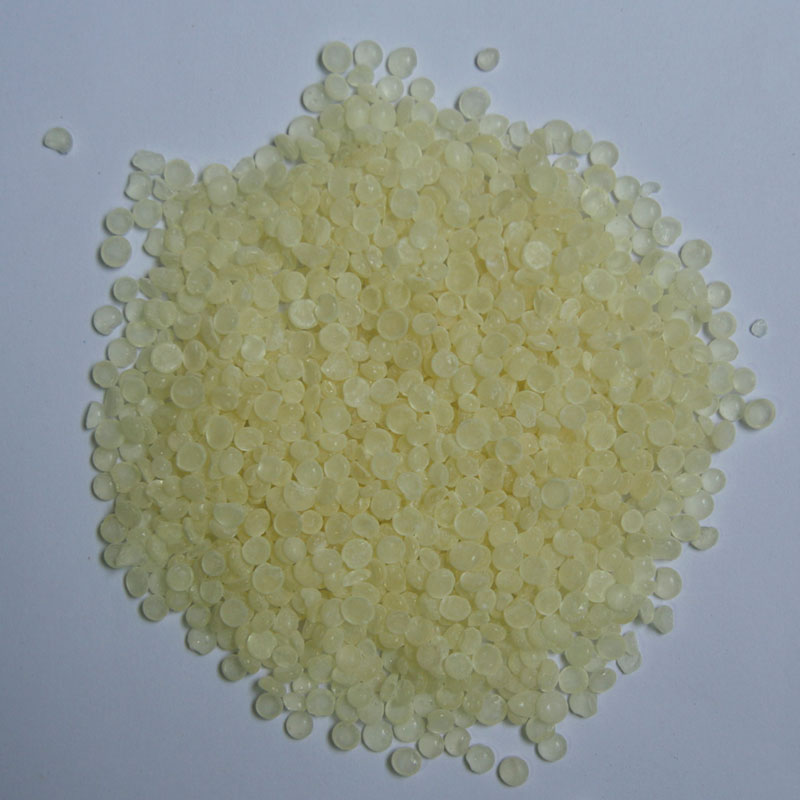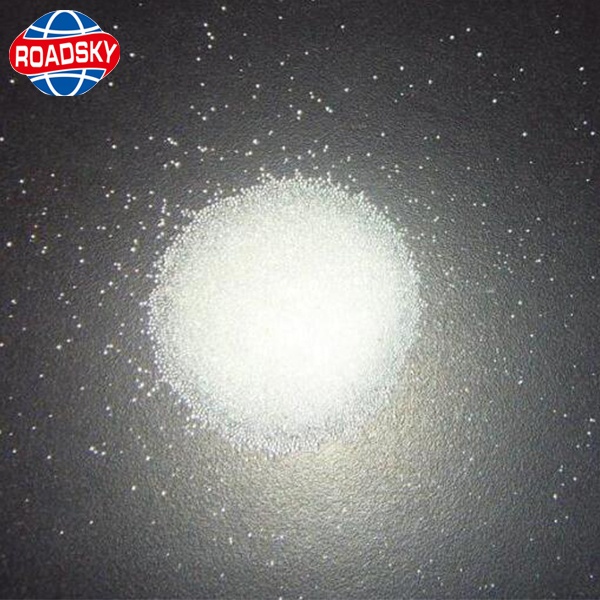What is the Difference Between Paint and Thermoplastic?
When it comes to marking and enhancing surfaces, two popular options that often come to mind are paint and thermoplastic. Whether you’re considering road markings, parking lot striping, or any other application requiring durable and long-lasting markings, understanding the differences between paint and thermoplastic can help you make an informed decision. In this article, RoadSky will explore the characteristics, advantages, and disadvantages of both options, enabling you to select the most suitable solution for your specific project.
What is Paint?
Paint is a versatile and widely-used marking material with a long history of application in various industries. It typically consists of pigments, binders, and solvents, creating a liquid mixture that can be applied to surfaces using brushes, rollers, or spraying equipment. Here are some key aspects to consider when choosing paint as a marking solution:

1. Application and Drying Time:
Paint is relatively quick and easy to apply, making it suitable for smaller projects or touch-ups. The drying time varies depending on factors such as temperature, humidity, and the type of paint used. In optimal conditions, most paints require a few hours to dry completely.
2. Cost-effectiveness:
Paint is generally more affordable than thermoplastic, especially for smaller-scale projects. However, keep in mind that the durability of paint may be lower compared to thermoplastic, meaning it may require more frequent maintenance and reapplication.
3. Flexibility and Aesthetics:
One of the significant advantages of using paint is the wide range of colors available. It offers flexibility in terms of design and allows for intricate details. Paint is an excellent choice for projects that require customized markings or artistic elements.
4. Durability:
While the paint is a popular choice for temporary or short-term markings, its durability can be affected by weather conditions, heavy traffic, and regular exposure to chemicals or harsh cleaning agents. Over time, the paint may fade, chip, or wear off, necessitating regular maintenance and repainting.
What is Thermoplastic?
Thermoplastic is a synthetic material known for its exceptional durability, longevity, and ability to withstand heavy traffic and harsh weather conditions. It is made from a mixture of resin and various additives, including pigments, fillers, and glass beads. Consider the following aspects when evaluating thermoplastic for your project:



1. Application and Drying Time:
Thermoplastic requires specialized equipment to melt the material and apply it to the surface. Once heated, it transforms into a molten state and is applied using either a screed box or a hand liner. The material cools quickly and hardens, allowing for faster drying times compared to paint.
2. Longevity and Maintenance:
One of the primary advantages of thermoplastic is its exceptional durability. It adheres firmly to the surface, forming a thick, robust layer that can withstand heavy traffic, UV exposure, and harsh weather conditions. Thermoplastic markings typically have a lifespan of five to eight years, reducing the need for frequent maintenance and repainting.
3. Reflectivity and Visibility:
Thermoplastic markings often include the incorporation of glass beads, which enhance their reflectivity and visibility, particularly during nighttime or low-light conditions. The beads reflect light, improving road safety and ensuring better visibility for drivers.
4. Initial Cost:
Compared to paint, thermoplastic can be more expensive initially, primarily due to the specialized equipment and materials required for application. However, the extended lifespan and reduced maintenance needs of thermoplastic can result in long-term cost savings.
Conclusion:
Choosing between paint and thermoplastic depends on various factors such as the scale of the project, budget constraints, desired lifespan, and aesthetic requirements. While paint offers versatility and cost-effectiveness for temporary or smaller-scale applications, thermoplastic excels in durability, longevity, and visibility. Consider the specific needs of your project and consult with professionals in the field to make an informed decision. Whether you opt for the flexibility of paint or the longevity of thermoplastic, both options can provide reliable and effective surface markings tailored to your requirements.
Read more about Why Choose Thermoplastic Paint for Your Pavement Markings or contact the experts at RoadSky to learn more.

